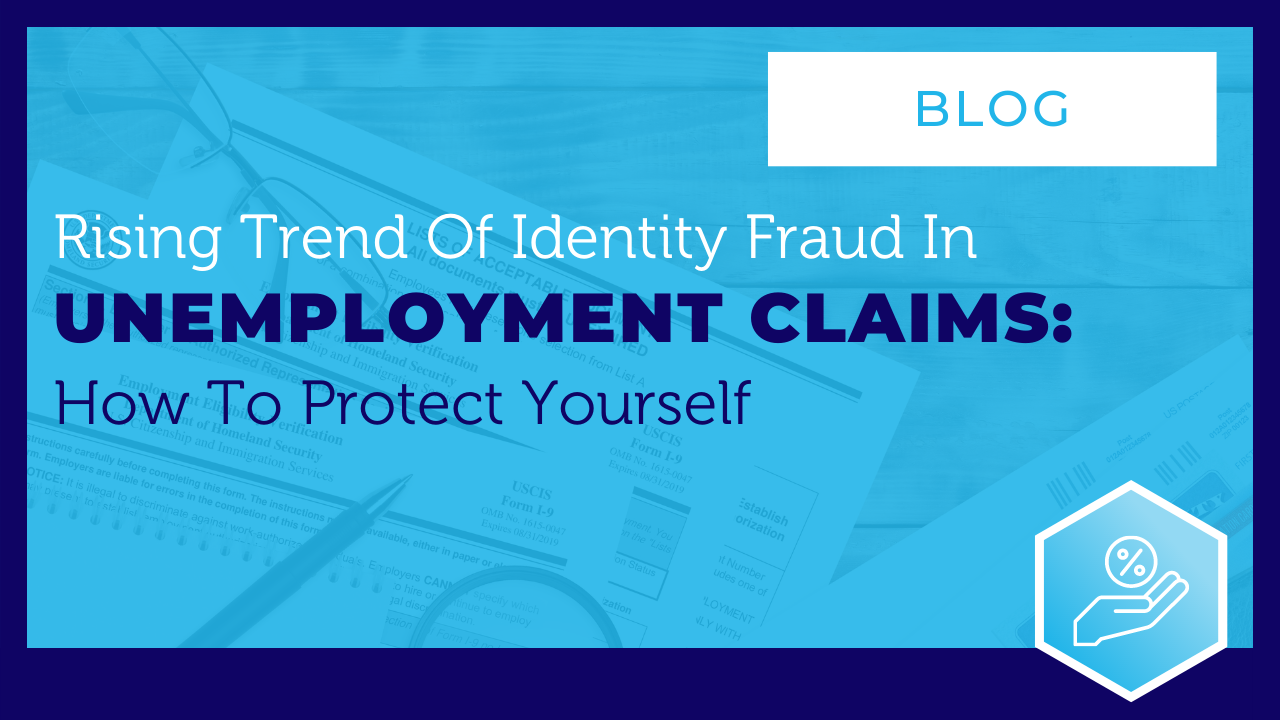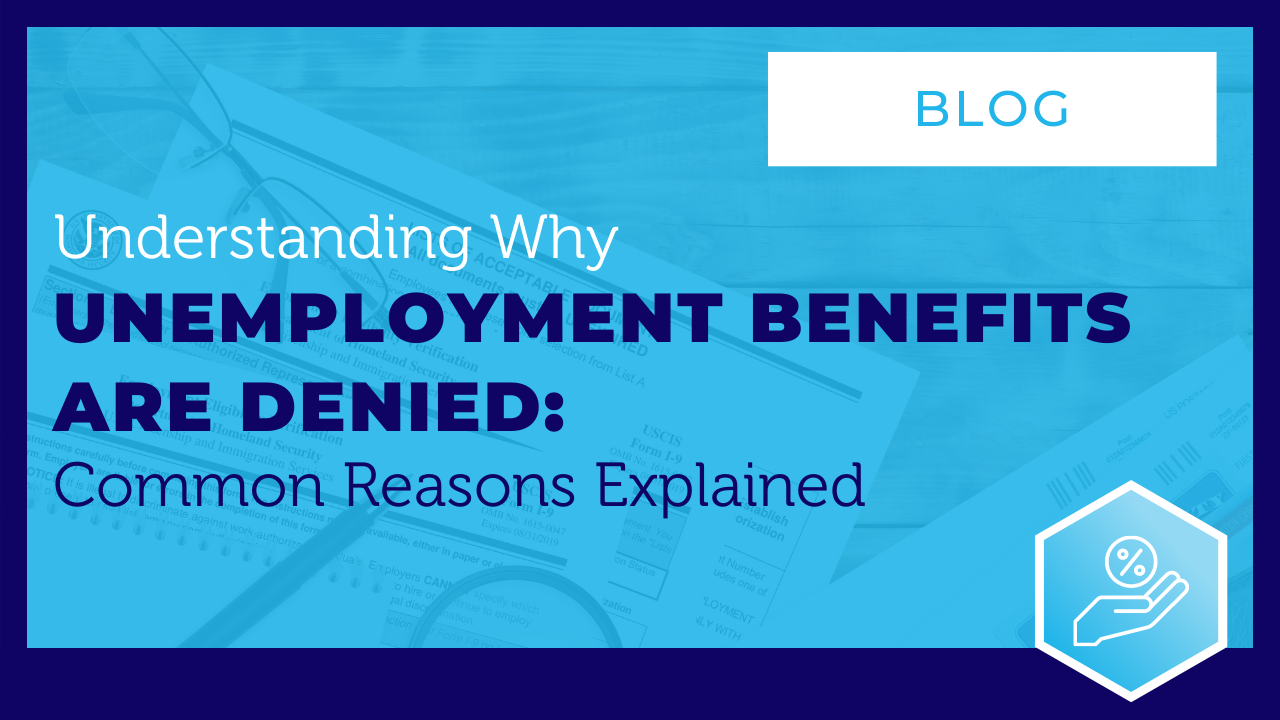Form I-9 Fines Increase Yet Again Due to Annual Inflation
Form I-9 fines have increased yet again due to inflation. Effective as of January 15, 2023, the increase in penalties relates to violations assessed on or after January 13, 2023. The U.S. Department of Labor (DOL) published this rule to adjust for inflation the civil monetary penalties assessed or enforced by the Inflation Adjustment Act.

The Inflation Adjustment Act requires the Department to annually adjust its civil money penalty levels for inflation no later than January 15 of each year.
Here's a summary of how fines have increased:
- Minimum Substantive Form I-9 Violations (1st offense) have increased from $252 to $272 per form.
- Maximum Substantive Form I-9 Violations (1st offense) have increased from $2,507 to $2,701 per form.
- The penalty for knowingly employing undocumented workers (1st offense) now ranges from $679 to $5,404.
More information can be found in the Federal Register publication here.
As Form I-9 fines continue to increase it's important for every U.S. employer to ensure that stay on top of Form I-9 compliance requirements. Even though you may be juggling several HR and staffing priorities, falling behind on Form I-9 and E-Verify regulations may be something that your organization can't afford.


